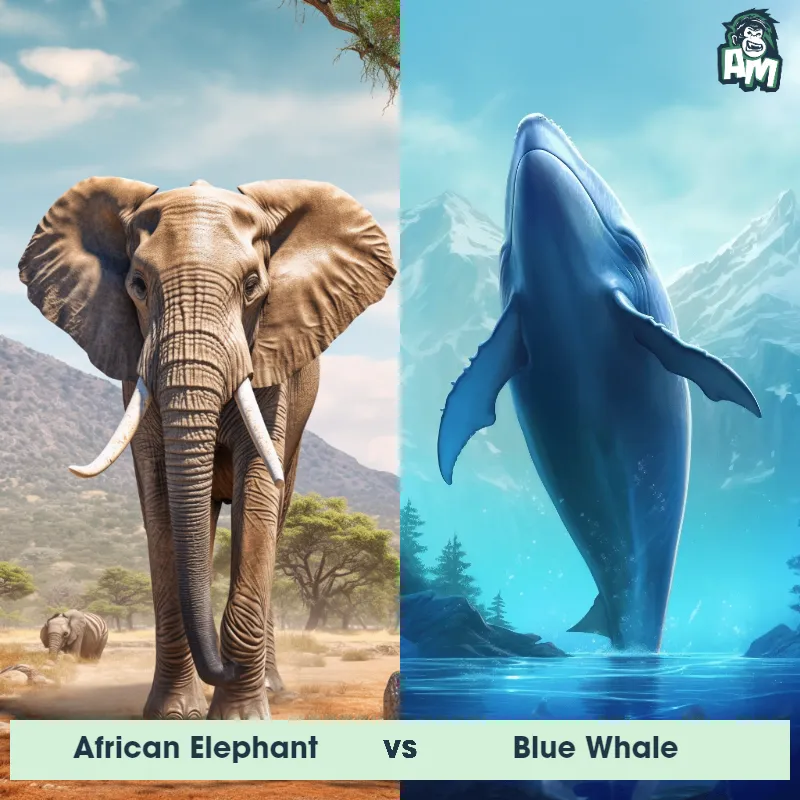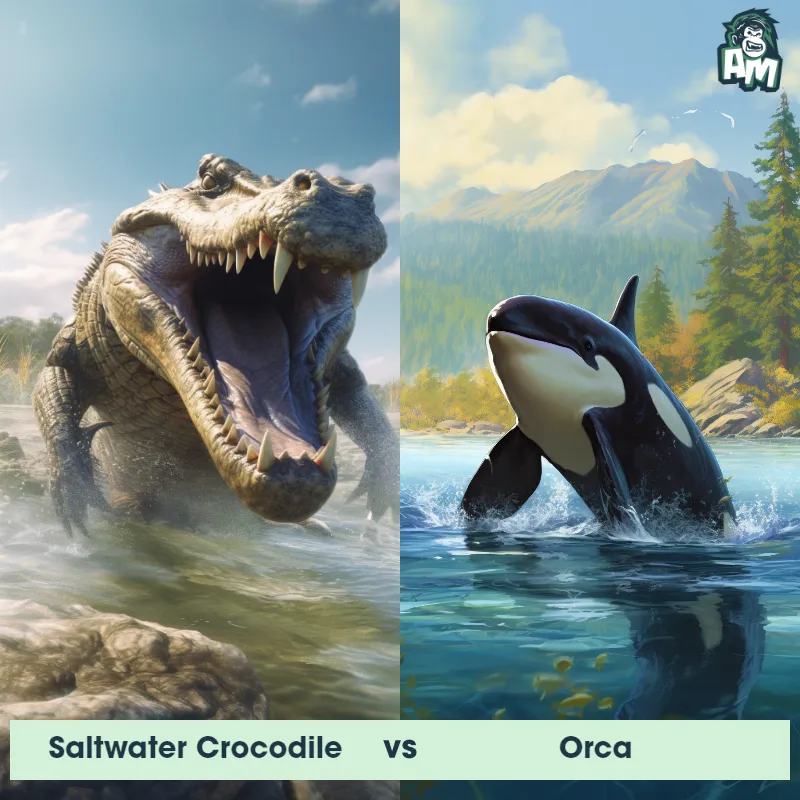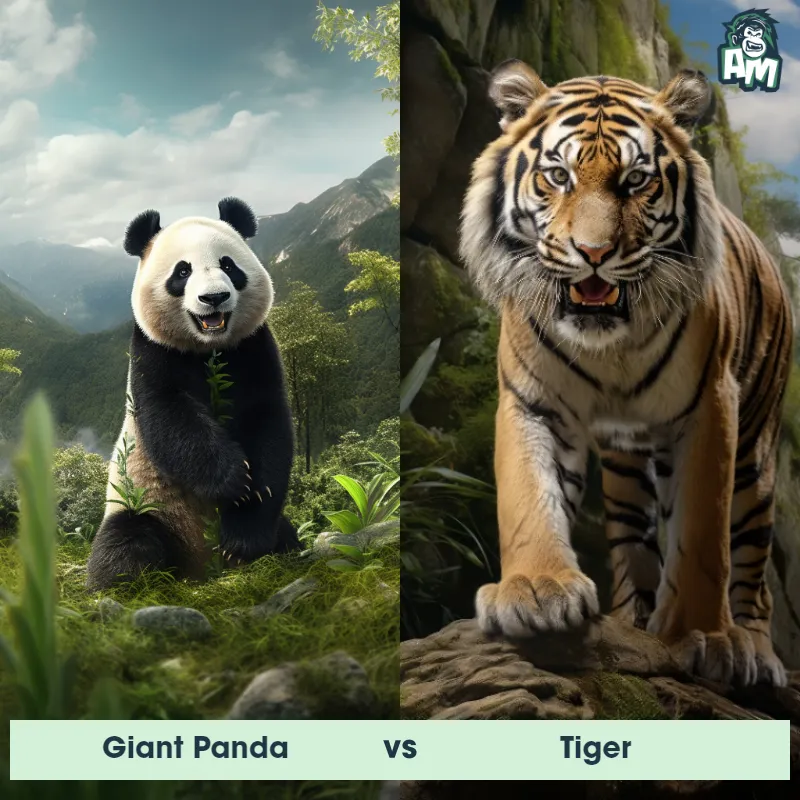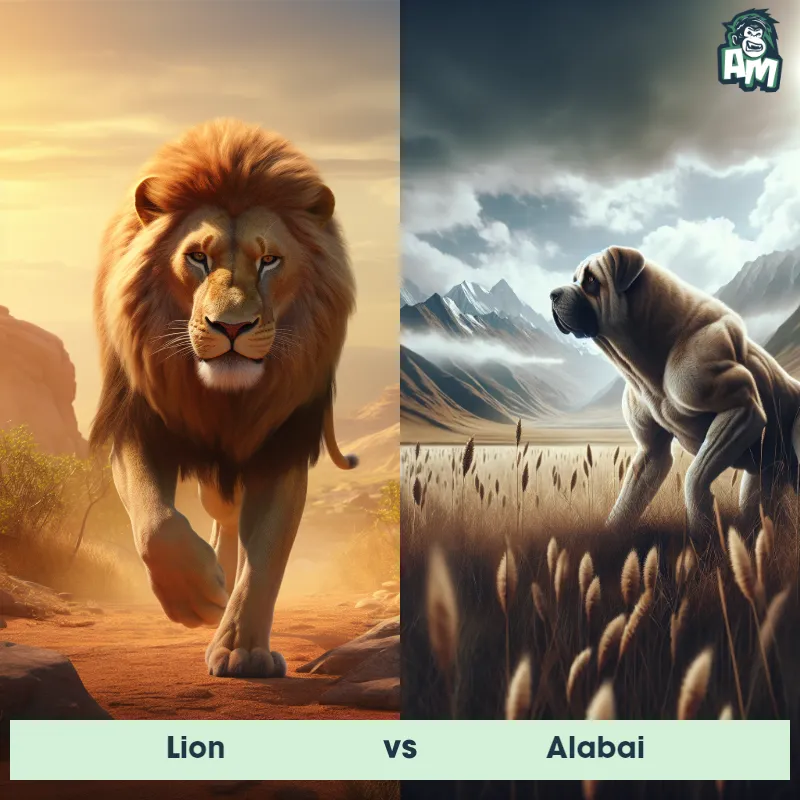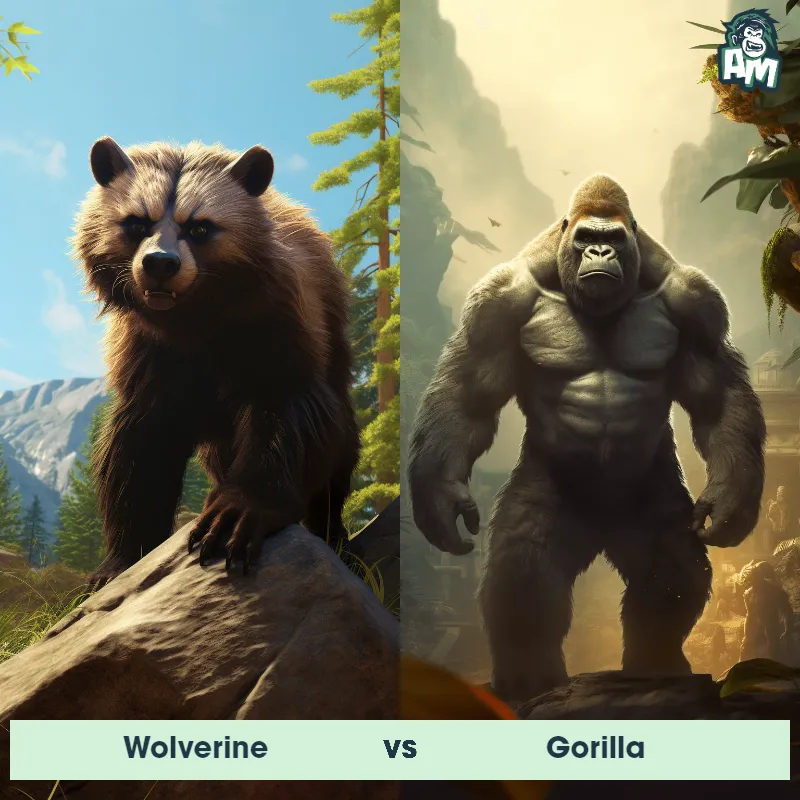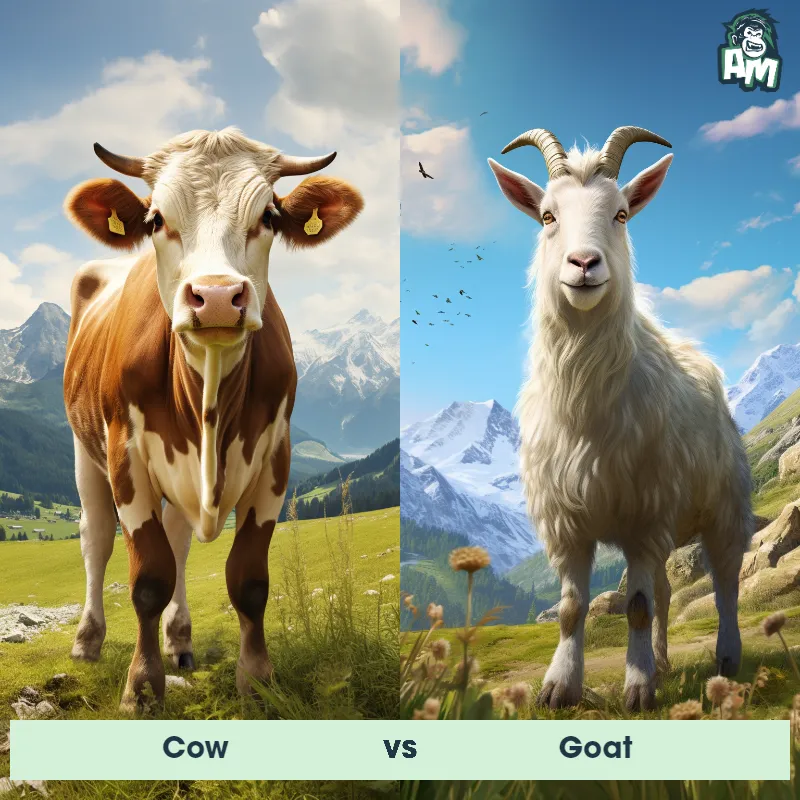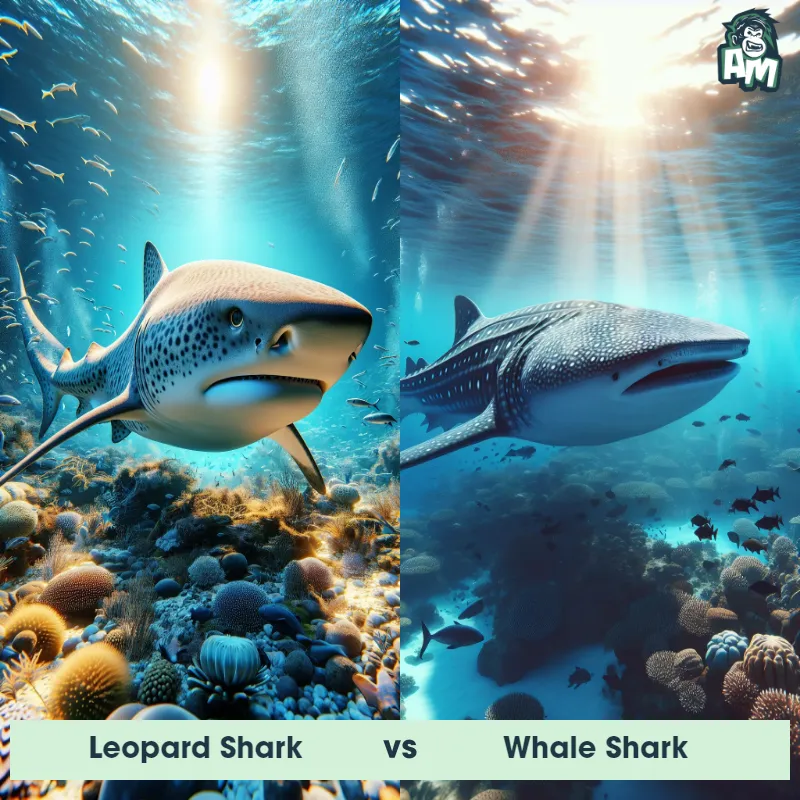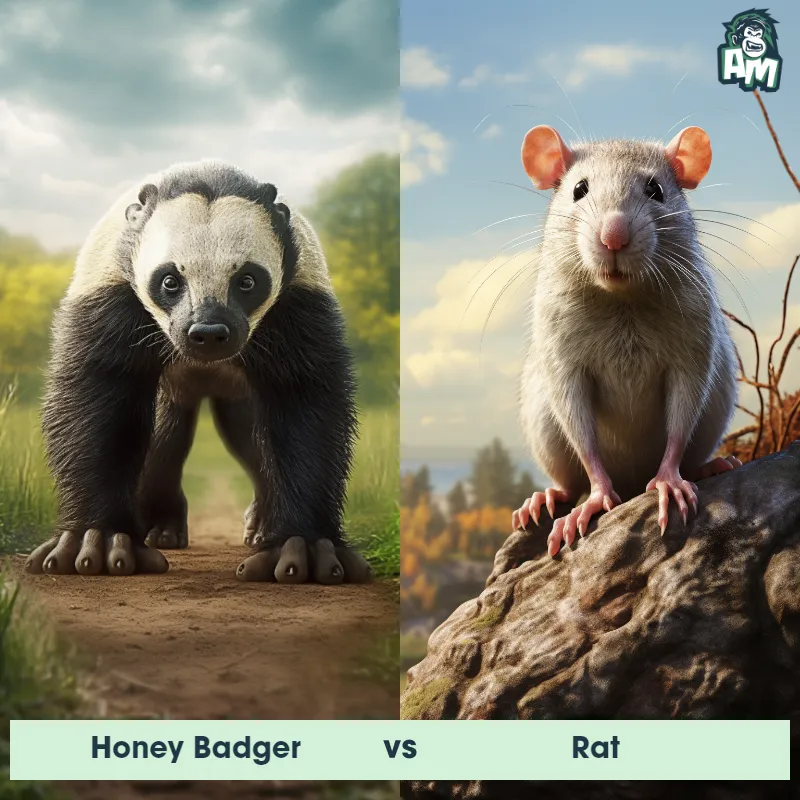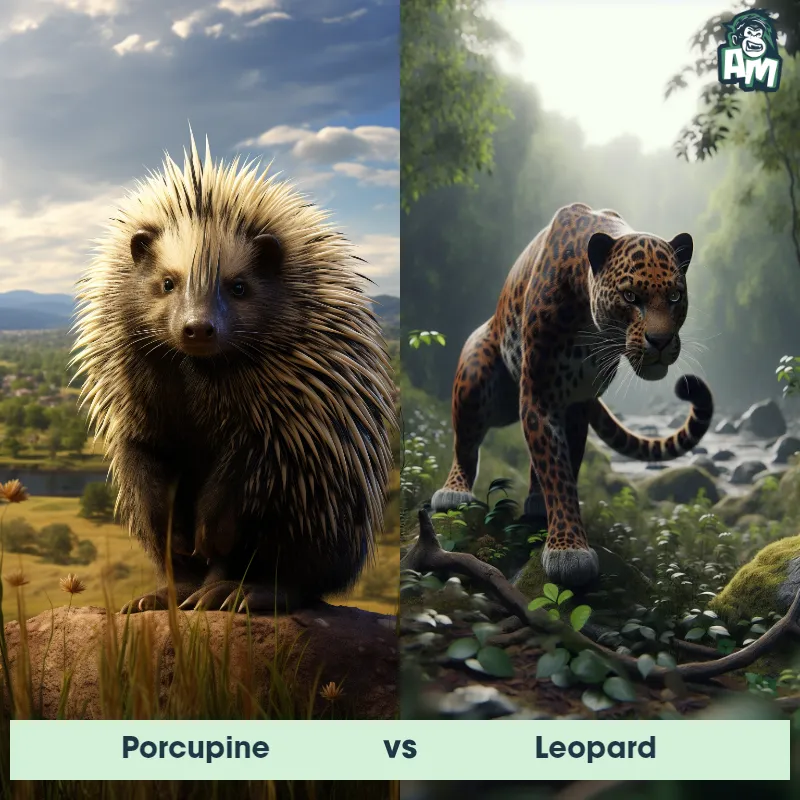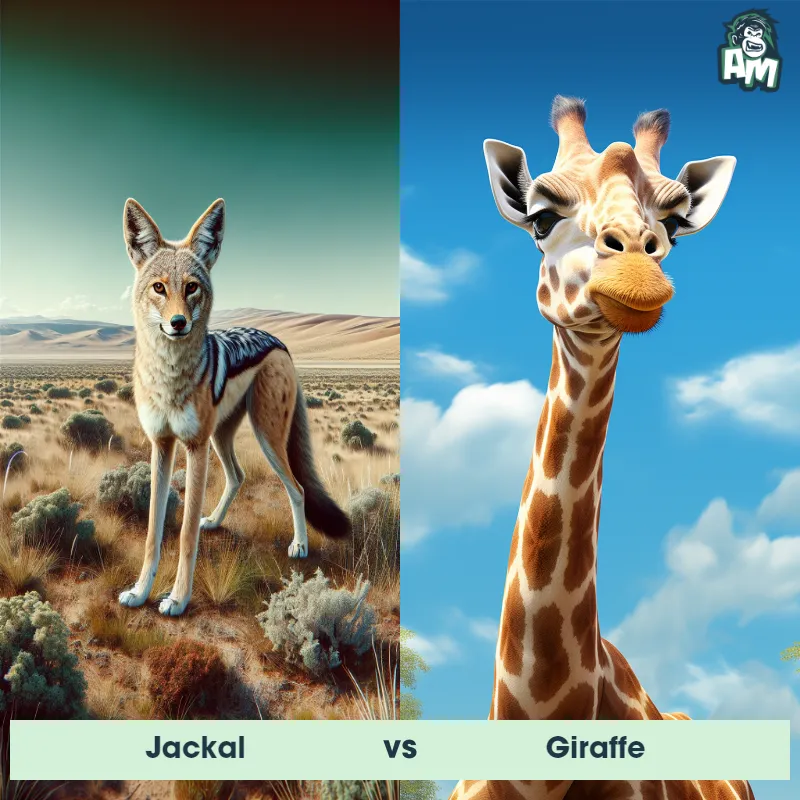Caracal vs LeopardSee Who Wins

Ladies and gentlemen, welcome to this electrifying showdown between two fierce competitors in the wild kingdom! We find ourselves in the heart of the animal's battleground, where survival of the fittest reigns supreme. Today, we have a faceoff that has sparked unprecedented excitement – a Caracal taking on a Leopard! It's going to be a clash of agility, strength, and cunning as these two predators go head-to-head in a three-round fight for dominance. Buckle up, folks, because this one promises to be a wild encounter!
Contender 1: Caracal
The Caracal, also known as the African Lynx, is a medium-sized wild cat found primarily in Africa, the Middle East, and parts of Asia. It possesses a sleek and muscular body, standing about 40-50 cm at the shoulder, with a weight ranging between 13-20 kg. This agile predator is known for its distinctive tufted ears, which are long and black, and tipped with long white hairs. Its fur is typically reddish-brown or tawny, with a white belly and prominent black markings above its eyes, resembling smudged tears.
Fun Fact: The Caracal is a remarkable jumper and can leap to impressive heights, reaching up to 3 meters in the air from a stationary position, making it one of the highest-jumping animals in proportion to its body size.
Contender 2: Leopard
The Leopard is a large and powerful carnivorous mammal that is known for its distinctive coat pattern consisting of rosette-like spots. It has a slender body, muscular limbs, and a long tail, enabling it to be agile and swift. Leopards are primarily nocturnal creatures, preferring to hunt during the cover of darkness. They are highly adaptable and can thrive in a variety of habitats, ranging from dense forests to open grasslands. With exceptional climbing skills, they are capable of dragging their prey up trees to keep it safe from other predators.
Fun Fact: Leopards are incredibly strong and possess immense agility, as they are capable of leaping horizontally up to 6 meters and vertically up to 3 meters, allowing them to ambush their prey from above with precision.
Matchup Stats
| Caracal | Leopard | |
|---|---|---|
| Size | 40-50 cm at the shoulder (16-20 inches) | 24-28 inches (60-71 cm) at the shoulder; 5-6 feet (1.5-1.8 meters) in length |
| Weight | 13-20 kg (29-44 pounds) | 80-160 pounds (36-73 kilograms) |
| Speed | 50mph (80km/h) | 36-37mph (58-60km/h) |
| Key Strength | Agility and powerful jumps | Powerful jaw and sharp claws |
| Biggest Weakness | Not particularly known for its strength in physical combat | Less endurance compared to some other big cats |
Current Votes
Caracal vs Leopard
See Who Wins
View More Matches
Looking For More?
Similar Matches
Scientific Stats
| Caracal | Leopard | |
|---|---|---|
| Scientific Name | Caracal caracal | Panthera pardus |
| Family | Felidae | Felidae |
| Habitat | Various habitats including savannas, woodlands, scrublands, and semi-deserts | Variety of habitats including forests, grasslands, and mountains |
| Geography | Africa, the Middle East, and parts of Asia | Africa, parts of Asia |
| Diet | Mainly small to medium-sized mammals (such as rodents, hares, and antelope), birds, and occasionally reptiles | Carnivorous, preys on various animals including ungulates, small mammals, birds, and reptiles |
| Lifespan | 10 years - 15 years | 12 years - 17 years |
Key Differences between Caracal and Leopard
- Tail length and pattern: Caracals have a relatively short tail, usually around 9-12 inches in length, while Leopards have a longer tail that often reaches up to 3 feet in length, with a pattern of spots along the tail's upper surface.
- Body structure: Caracals have a compact and muscular build, with a relatively short body and long hind legs, while Leopards have a more elongated body with shorter legs in proportion to their overall size.
- Color and pattern: The Caracal has a sandy or reddish-brown coat with distinct black tufted ears, while the Leopard features a spotted coat, typically with a golden-yellow or ocher base color.
- Facial features: The Caracal has a distinctive facial structure with a short muzzle, high-set eyes, and prominent cheekbones, whereas Leopards have a more typical cat-like face with a longer muzzle and eyes more forward-facing in relation to their skull.
- Habitat and geographic distribution: Caracals mainly inhabit savannas and dry woodland areas of Africa, the Middle East, and parts of Asia, whereas Leopards have a much wider distribution, occurring in a variety of habitats across Africa and parts of Asia, including rainforests, mountains, deserts, and grasslands.
- Size: The Caracal is smaller than the Leopard, with an average weight of 35-45 pounds compared to the Leopard's average weight of 80-160 pounds.



